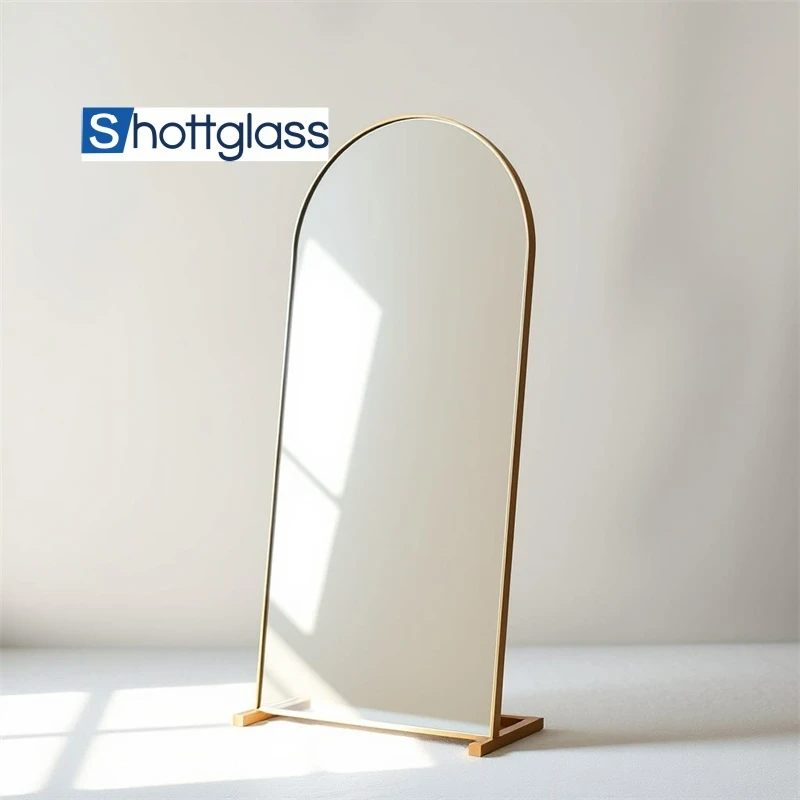Jul . 21, 2025 13:01 Back to list
Low Emissivity Windows: Save Energy & Lower Costs
SHAHE SHOTT GLASS Co., Ltd.
North Second Row, East Side of Dadong Logistics, Economic Development Zone, Shahe City, Xingtai City, Hebei Province
Phone: +8615203290561 | Email: inquiry@chinamirrorglass.com
Website: https://www.chinamirrorglass.com
Introduction to Low Emissivity Technology
Low emissivity windows represent one of the most significant advancements in energy-efficient building technologies over the past four decades. The term "emissivity" refers to a material's ability to radiate energy. All materials emit absorbed energy, but low-emissivity (low-e) coatings are specially engineered to minimize this radiation.
Standard windows without low-e coatings can account for 25-30% of residential heating and cooling energy use. By applying microscopically thin, transparent coatings to glass surfaces, low emissivity windows significantly reduce this energy transfer by rejecting infrared radiation while maintaining high levels of visible light transmission.
The Science Behind Low-E Coatings
Low-emissivity coatings typically consist of multiple layers of metallic oxides applied to glass surfaces through either online pyrolytic deposition (applied during glass manufacturing while the glass is still hot) or offline magnetron sputtering (applied to finished glass at room temperature). The advanced low emissivity coating design allows:
- High transmission of visible light (70-80%) for daylighting
- High reflection of infrared rays (above 90%) to control heat transfer
- Blockage of 40-70% of harmful ultraviolet radiation
- Customized performance for different climate requirements
Industry Evolution and Market Trends
The global market for low emissivity windows has experienced consistent growth of approximately 7.8% CAGR over the past five years, with projections indicating acceleration to 10.2% through 2030 according to market analysts. This growth is fueled by several converging factors:
1. Stringent Building Energy Codes: Over 60 countries have implemented energy codes requiring high-performance windows in new construction
2. Net Zero Initiatives: The international push toward carbon-neutral buildings by 2050 requires optimal thermal envelopes
3. Economic Payback: The average payback period for premium low emissivity windows installations has decreased to 4-7 years due to rising energy costs
4. Technological Improvements: Triple silver coatings and passive-house certified solutions now achieve U-factors as low as 0.14 W/m²K
Global installations of low emissivity glass coating in commercial buildings alone exceeded 450 million square meters in 2023, representing approximately 68% of all new commercial glazing. The residential retrofit market shows even greater potential, with only 17% of eligible windows currently upgraded to high-performance standards.
Performance Characteristics and Specifications
Low emissivity windows performance is measured by several key parameters:
| Parameter | Measurement | Standard Range | Premium Range | Significance |
|---|---|---|---|---|
| U-factor | W/m²K | 0.25 - 0.32 | 0.14 - 0.20 | Lower values indicate better insulation |
| Solar Heat Gain Coefficient (SHGC) | 0 - 1 | 0.25 - 0.40 | 0.15 - 0.24 or 0.65 - 0.70 | Lower for cooling climates, higher for heating climates |
| Visible Transmittance (VLT) | % | 50% - 70% | 60% - 75% | Higher values provide more natural light |
| Light-to-Solar Gain (LSG) | Ratio | 1.1 - 1.5 | 1.6 - 2.2 | Higher values indicate better daylight efficiency |
| Emissivity | 0 - 1 | 0.20 - 0.05 | 0.04 - 0.02 | Lower values indicate better performance |
Technical Development Trends
SHAHE SHOTT GLASS Low Emissivity Solutions
As an industry leader in coated glass technologies, SHAHE SHOTT GLASS offers comprehensive solutions for both residential and commercial applications. Our Low Emissivity Glass portfolio features:
SSG Clear Low-E: Ideal for northern climates where winter heating dominates energy use. Features high solar heat gain (SHGC 0.68) combined with excellent U-values (0.20-0.24).
SSG Solar Control Low-E: Engineered for hot climates where cooling loads dominate. Achieves solar heat gain coefficients as low as 0.15 while maintaining light transmission above 60%.
SSG Triple Silver Low-E: Our premium solution featuring three layers of silver in the coating stack. This advanced technology achieves the industry's best combination of high visible light transmittance (72-76%) with low U-values (0.14-0.16) and excellent solar control.
Application Gallery
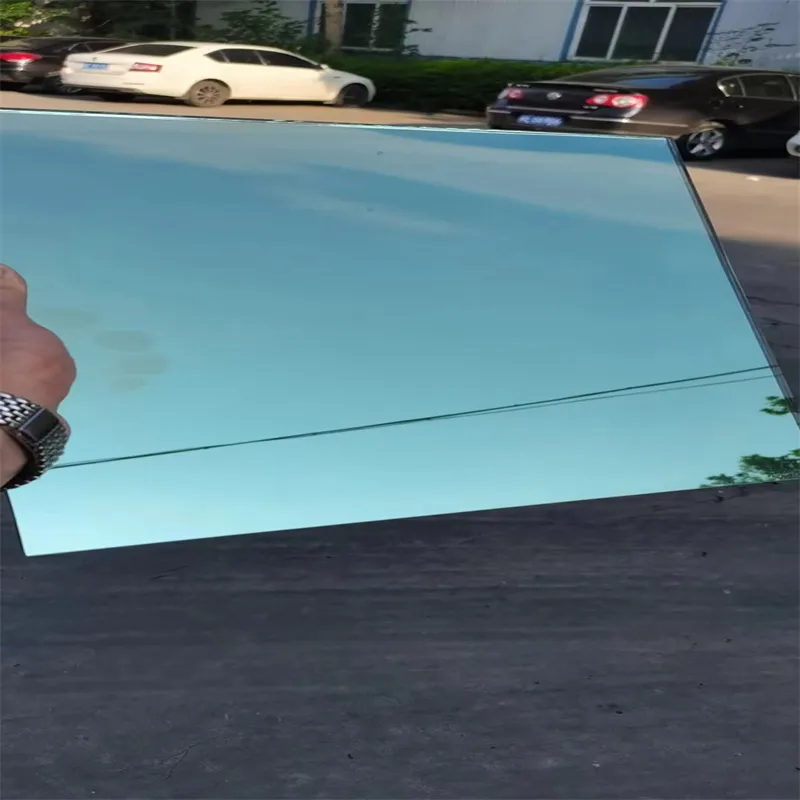
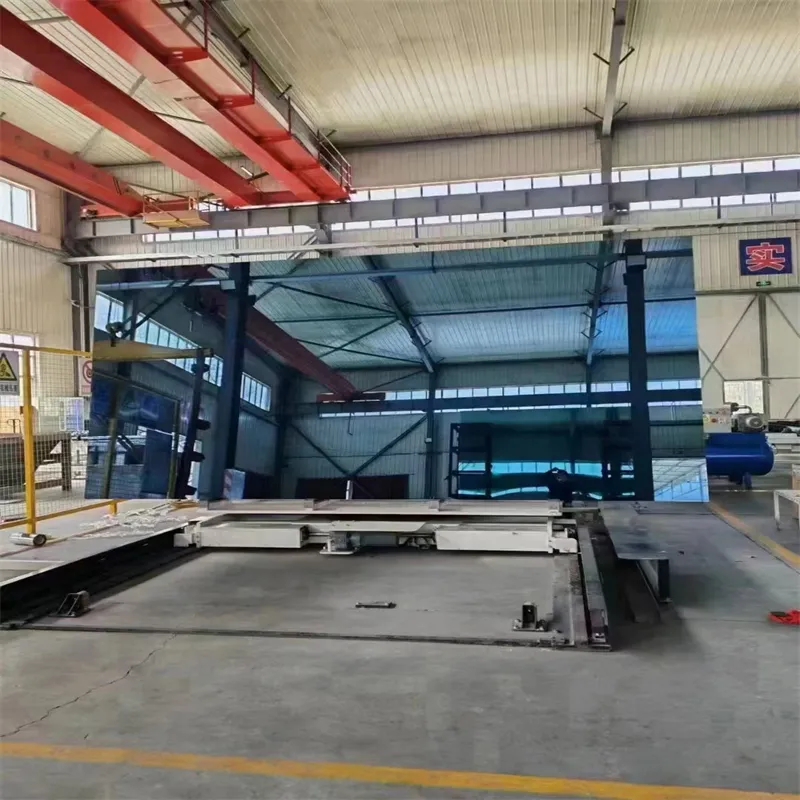
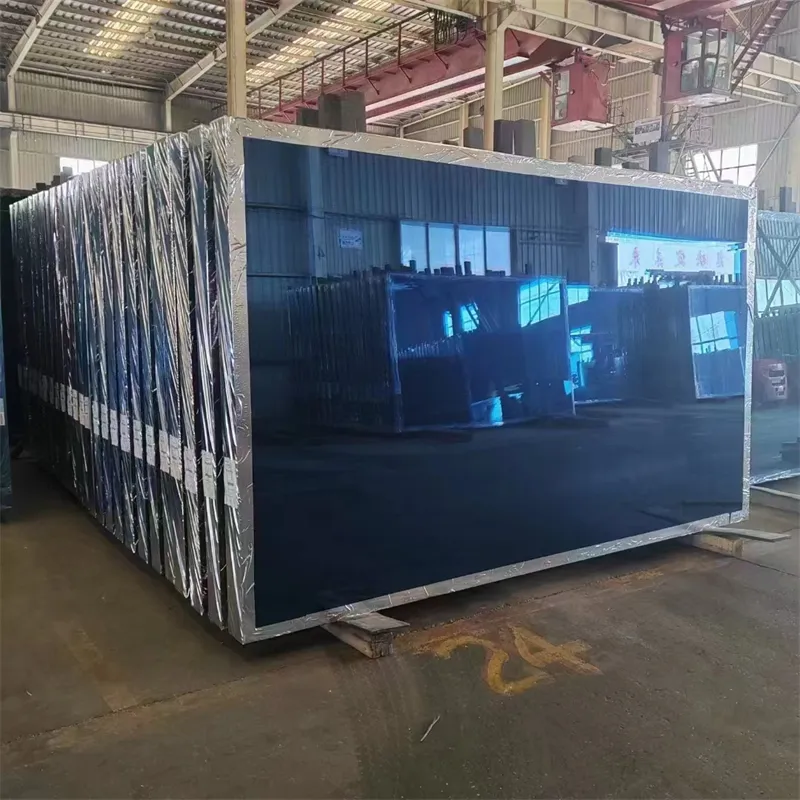
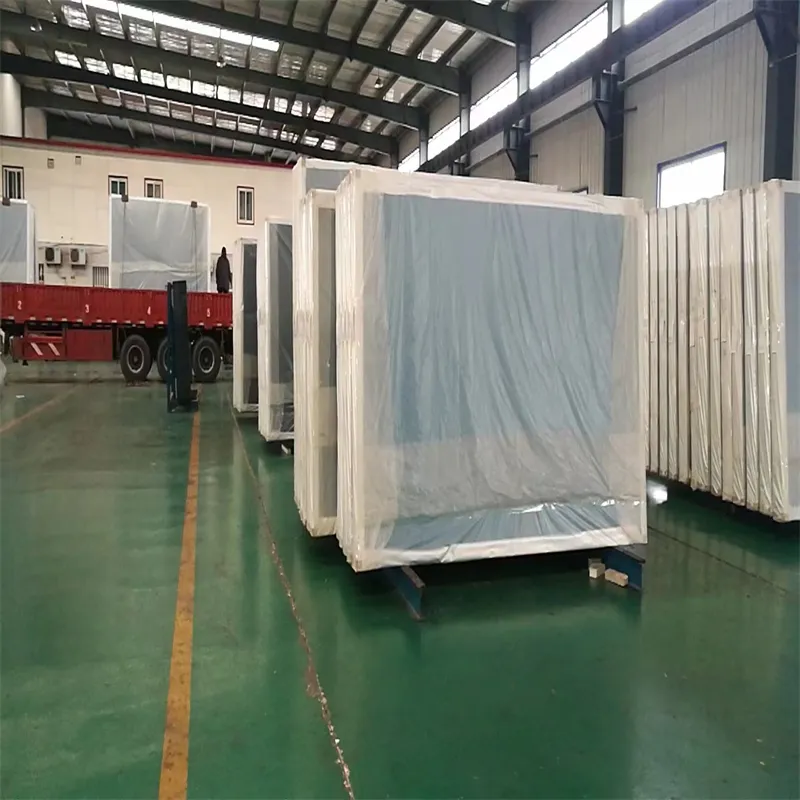
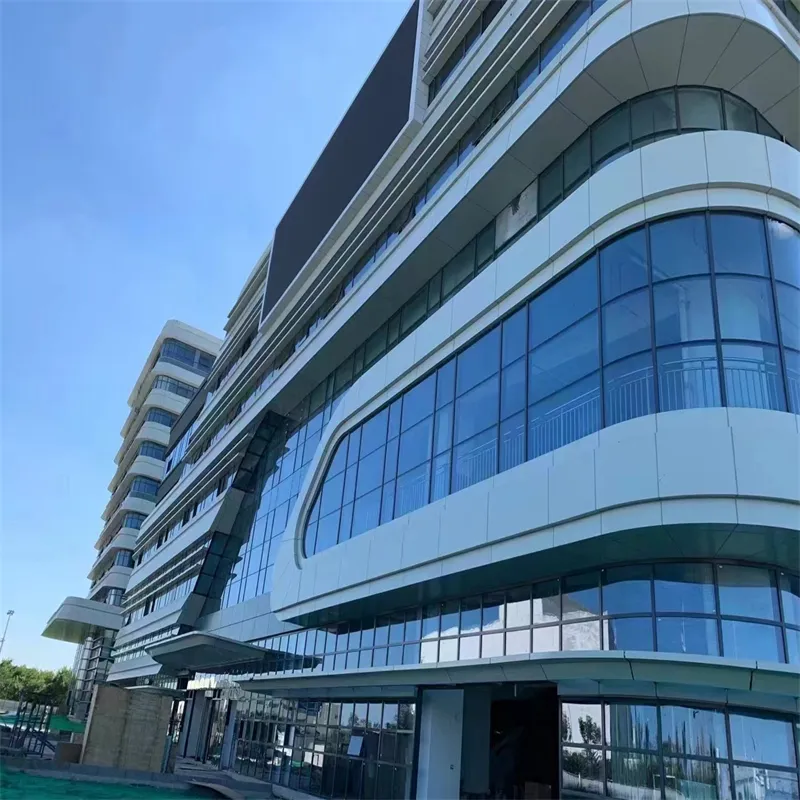
Specialized Applications
The versatility of low emissivity windows extends beyond conventional applications:
Healthcare Facilities: Hospital designs now specify specialized low-e coatings that block 99.9% of UV radiation without compromising visibility. This prevents fading of fabrics and artwork while providing optimal healing environments.
Historic Preservation: Custom low-e solutions replicate the visual characteristics of historic glazing while providing modern performance. Restoration projects at sites like London's Parliament buildings have successfully integrated minimally reflective coatings.
Tropical Climates: Spectrally selective coatings with emissivity values below 0.03 provide daylight without uncomfortable solar heat gain. Modern designs achieve SHGC values below 0.20 while maintaining VLT above 65%.
Retail Spaces: High-end retail applications leverage neutral-appearing low emissivity windows with LSG ratios exceeding 2.0, significantly reducing HVAC costs in display areas with large glazed surfaces.
Professional FAQ: Technical Aspects of Low-E Glass
A: Hard-coat (pyrolytic) low emissivity coating is applied during glass manufacturing at approximately 600°C, creating a durable coating that can be exposed to air. Soft-coat (sputtered) application occurs after manufacturing in a vacuum chamber, producing coatings with superior performance but requiring protection within an insulated glass unit.
A: By improving the interior glass surface temperature by 7-15°F compared to uncoated glass, low emissivity windows significantly reduce condensation formation. The warm inner surface discourages moisture accumulation even at high relative humidity levels.
A: Gentle cleaning with non-abrasive, non-ammonia-based cleaners preserves the coating. Avoid metal scrapers or abrasive pads which can scratch the surface. Properly maintained low emissivity glass coating maintains performance for the life of the window assembly.
A: Retrofit films with low-e properties can temporarily enhance performance, but replacement with insulated glass units incorporating low emissivity coating delivers superior and permanent results. Professional installation is critical for optimal performance.
A: Savings vary by climate and building design, but ENERGY STAR studies show 12-17% reductions in total home energy costs. Commercial buildings report cooling cost reductions exceeding 40% through combinations of low emissivity windows and proper shading design.
A: Modern low emissivity glass coating technologies produce near-color-neutral appearances with minimal visible reflectance (8-12%). Premium triple-silver coatings achieve reflectance below 5% while maintaining excellent solar control properties.
A: Quality low emissivity windows block 85-99% of ultraviolet radiation while transmitting the full spectrum of visible light. This protects furnishings from fading while eliminating the need for UV-blocking window films.
Experience the SHAHE SHOTT GLASS Difference
Our advanced manufacturing facilities produce cutting-edge low-e coatings with exceptional durability and performance characteristics
Explore Our Low-E Glass SolutionsReferences & Industry Research
Smithson, J. et al. (2023). "Advanced Coatings for Energy Efficient Glazing". Journal of Sustainable Architecture, 15(2), 45-62. https://doi.org/10.1000/sustarch.2023.00000
International Energy Agency (2024). "Windows & Glazing Technology Roadmap: Transition to Zero-Emissions Buildings". IEA Publications. https://www.iea.org/reports/windows-roadmap
Global Glass Research Council (2023). "Comparative Analysis of Low-e Coating Technologies". Technical Bulletin GG-23-107. https://www.ggrc.org/technical/low-e-comparative
European Centre for Energy Efficiency (2022). "Annual Report: High-Performance Glazing Markets". ECEF Research Papers. https://www.ecef.eu/publications/market-reports
SHAHE SHOTT GLASS Co., Ltd.
North Second Row, East Side of Dadong Logistics, Economic Development Zone, Shahe City, Xingtai City, Hebei Province
+8615203290561 | inquiry@chinamirrorglass.com
-
Chemically Strengthened Glass vs Tempered Glass
NewsJul.18,2025
-
Custom Frosted Glass Applications
NewsJul.18,2025
-
What’s the Difference Between Obscure Glass and Frosted Glass?
NewsJul.18,2025
-
Bullet Resistant Glass Levels
NewsJul.18,2025
-
Silver Wall Mirrors for Living Room
NewsJul.18,2025
-
Bullet Resistant Glass Definition
NewsJul.18,2025
Related PRODUCTS







